Koneet
 Coili Koneet
Coili Koneet
 Rotary Koneet
Rotary Koneet
 Wireless Tattoo Machines
Wireless Tattoo Machines
 Spektra
Spektra
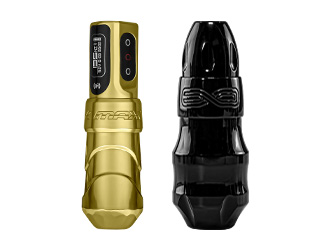 FK Irons
FK Irons
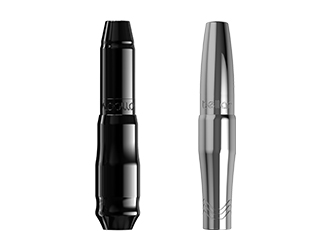 Microbeau
Microbeau
 Bishop
Bishop
 Perma Blend
Perma Blend
 Cheyenne Hawk
Cheyenne Hawk
 Peak
Peak
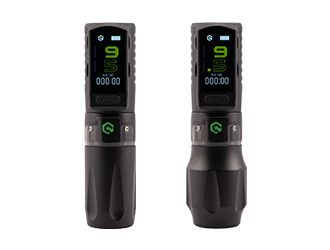 Critical
Critical
 Ink Machines
Ink Machines
 Prime
Prime
 Acus
Acus
 Stigma-Rotary® Machines
Stigma-Rotary® Machines
 Inkjecta
Inkjecta
 Equaliser
Equaliser
 Vlad Blad Irons
Vlad Blad Irons
 EZ
EZ
 Dragonhawk
Dragonhawk
 Musotoku
Musotoku
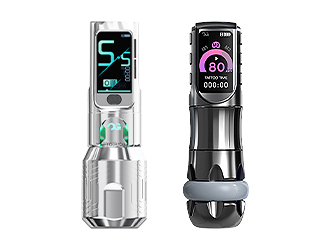 OG
OG
 Sunskin
Sunskin
 Fluid
Fluid
 Emillion
Emillion
 Sona Sky
Sona Sky
 Biotek
Biotek
 Glovcon
Glovcon
 Neotat Tattoo Machines
Neotat Tattoo Machines
 Magic Dermo
Magic Dermo
 Bavarian Custom Irons
Bavarian Custom Irons
 Micky Sharpz
Micky Sharpz
 Mao Tattoo Machines
Mao Tattoo Machines
 Electric Dormouse
Electric Dormouse
 Bristol Tattoo Club
Bristol Tattoo Club
 Danny Harkin Tattoo Machines
Danny Harkin Tattoo Machines
 Lenu Coil Tattoo Machines
Lenu Coil Tattoo Machines
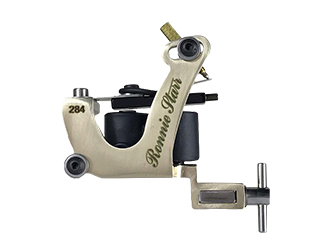 Ronnie Starr Tattoo Machines
Ronnie Starr Tattoo Machines
 Koneen Varaosat Ja Tarvikkeet
Koneen Varaosat Ja Tarvikkeet
Koneet FAQ's
Here at Killer Ink we know that nothing is more important to an artist than their tattoo machine! And no, we don't say "tattoo gun" here - machines are tools for creation!
Check out our massive selection of rotary tattoo machines from world-famous brands like FK Irons, Cheyenne, Stigma-Rotary®, Peak, Dragonhawk and Critical. From FK Irons you can find the Flux, Flux Max, Xion and Exo machines, or explore the Inkjecta range.
Explore our wireless tattoo machine section, or keep your mind open by looking at the entire rotary tattoo machine collection! Old school artists will love our coil tattoo machine selection, with world-famous brands like Bavarian Custom Irons, Micky Sharpz and Vlad Blad Irons, and a whole section dedicated to tattoo machine accessories and parts.
We have top of the line tattoo machines for professionals, and we also have ideal tattoo machines for beginners - if you need to know more, you can read our best tattoo machine blogs to find our recommended tattoo machines for whatever stage you're at and style you do!









